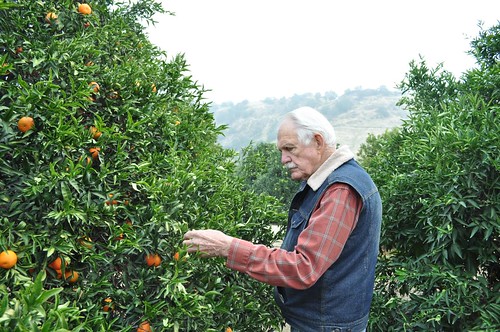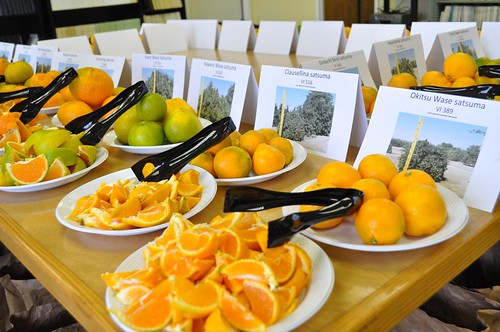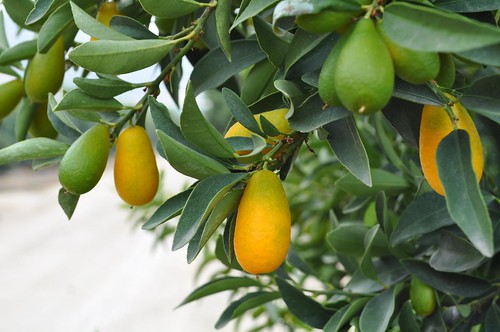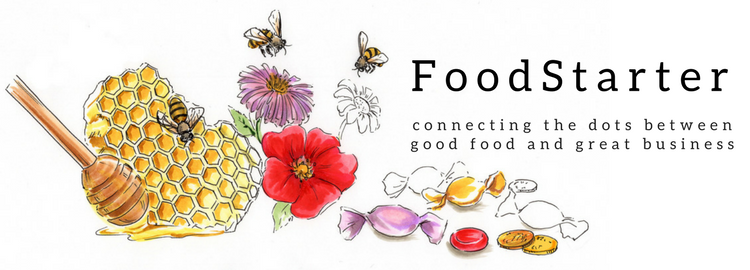UC Davis reports that the first commercial crop of a “very promising” new seedless mandarin orange variety created by scientists at the University of California, Riverside will be harvested beginning later this month.
If you’ve ever wondered why clementines and mandarins are suddenly everywhere, read how this new “Tango” variety mandarin orange was developed and how it came to market via the UC Citrus Clonal Protection Program.
You’ll find this orange in stores under the name Tango or perhaps undercover as Cuties or other brand names you already see. The variety will be available in nurseries for home gardeners sometime soon.
Insider Peek at How Things Work in the Orange Industry
In December, I had a chance to stay with a commercial lemon grower and attend a couple of industry events, which fascinated this lifelong orange fanatic.
At the University of California, Lindcove Research and Extension Center (LREC) near Exeter, in the Central Valley LREC, scientists conduct research programs to develop new varieties of citrus, better ways to grow citrus, and new ways to manage pests, both conventional and organic.
Nestled against the Sierra Nevada, the LREC’s soils and climate are representative of the 190,000 acres of commercial citrus growing in the Central Valley of California.

The Center also helps growers choose the most appealing citrus to grow, the ones that leap off the shelves. And that is how I ended up at a Satsuma mandarin tasting where growers tasted over 25 variations of these delightful fruits.
I shared with the several orange growers who tasted and traded comments with each other which I’d marked as “love!” and those that earned a “tasteless.”
“We like hearing your perspective,” a trucker-capped grower commented. “We want to grow what people want.”

That comment ties into the other event I attended, one of the “Citrus Mutual” grower group in which the future of navel oranges was the topic at hand.
Do you remember the excitement of the first good navels showing up at the market?
Well those delightful little “ez peeler” mandarins are taking a bite into the navel industry. And even more interestingly, after doing consumer research, industry leaders found that it would behoove the growers to perhaps release the orange crop later to appeal more to modern consumer tastes. (Here’s a full article about the meeting.)
This causes a bit of conflict with growers, as many might miss the big holiday orange buying season as the navels generally aren’t ripe by then. It was interesting to consider how like any product, you need to take a customer-centric view. While in the short run releasing product early brings in cash, if the customers don’t have a good experience, they won’t be back for more.
Whether you’re a fan of buying only locally grown fruit or getting your hands on good oranges is the priority, now you know the source of your citrus fruit. It all starts there in one of the 2 California research centers.
Like this: A kind of kumquat hybrid which you may or may not ever see in person!

A non-photoshopped orange. Where the color “orange” comes from. Another variety in the research orchard.








Loved reading your insiders story–I am going to head out and get me some oranges!